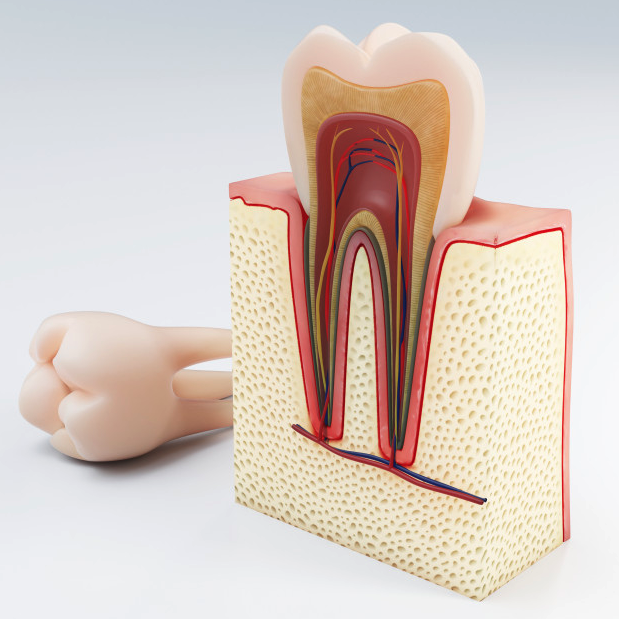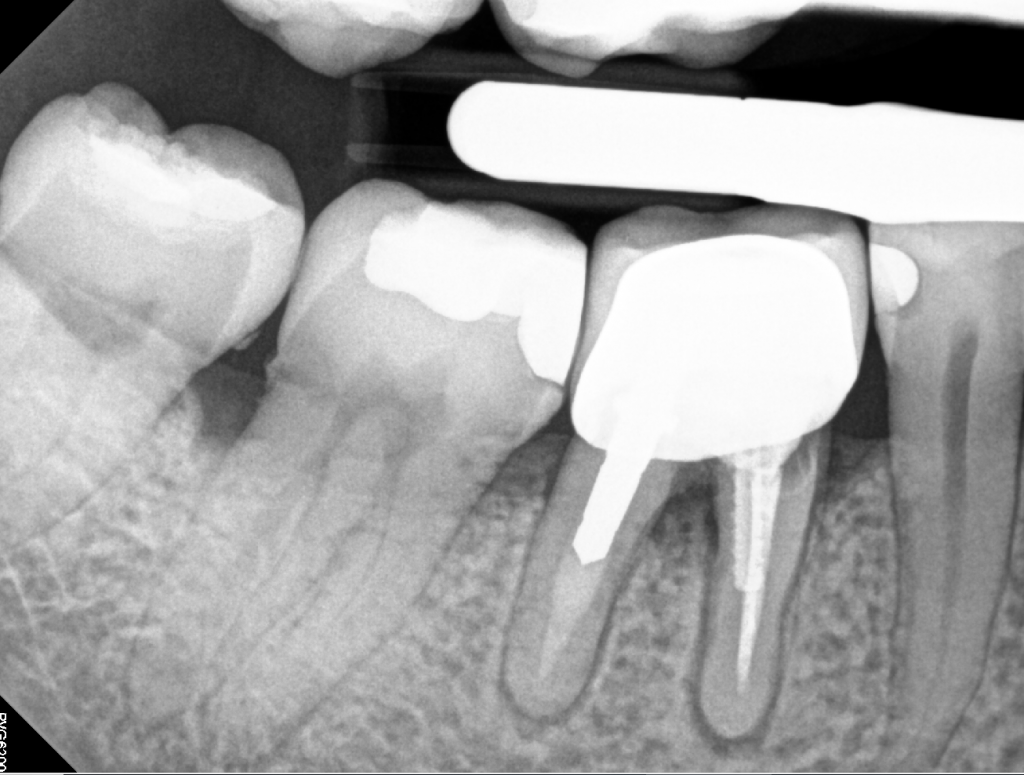It is easy to think that brushing your teeth regularly would be sufficient to keep…

Was your root canal treatment done right?
A root canal treatment is perhaps one of the most unpleasant dental experiences; it takes quite a lot of the time and the infection leading up to it can be exceptionally painful. Once the treatment is completed, if done properly, you should no longer experience pain or even sensitivity on the tooth.
As dental practitioners, however, we’ve seen numerous root canal treatments gone wrong, only to cause yet another problem a few months or years after completion. We’ve put together this guide to help you fully understand the treatment you are receiving and identify if anything has gone wrong.
What is root canal treatment?
Our teeth have a few layers:
- Tooth enamel – the hard surface of the tooth;
- Dentine – soft material which shapes and supports the enamel and forms most of the tooth;
- Cementum – a hard material coating the surface of the roots;
- Dental pulp – the soft tissue in the centre of the tooth (the “live” part of the tooth).

When the dental pulp becomes infected, the oxygen-deprived environment prevents it from healing, and over time the infection only worsens, causing severe dental pain. When this happens, there are only two alternatives – a tooth extraction or a root canal treatment.
The root canal treatment is removing the dental pulp and filling the created gap with gutta-percha (a specialised dental material). Here are the things you should know.
Antibiotics may be needed before the treatment can commence
If the infection has been developing for a while and has become severe, a local anaesthetic will not catch on and the dentist will not be able to complete the procedure. During your initial assessment the dentist will take an X-ray of the tooth and determine if medication if necessary. Nonetheless, this is not visible at times, so the dentist may attempt root canal treatment during this first appointment. If you still have any sensitivity a few minutes after the sedation is applied, alert your dentist so you can review the possible alternatives.
Tooth removal is not the better alternative
Despite possible restorations such as bridges and implants, it is always best to keep your natural teeth for as long as possible, so do not rush into demanding a tooth extraction. If performed well, the root canal treatment can help you save that tooth for years.
Filling the roots well is of utmost importance

If you look at the above photo, you will notice that the filling of the root canal doesn’t go all the way down to the end of the left root. If this happens to you, you can expect this tooth to develop an infection almost certainly within the next few years. There are two very unfortunate outcomes:
- This tooth will require an extraction – once an infection develops on a previously carried out root canal treatment, the possibility of saving that tooth is almost nonexistent.
- You will probably suffer from some bone loss – as you can see on the photo, there’s a black line around the roots of that tooth. This black line indicates bone loss (an irreversible process).
Since the pulp of that tooth has been removed, you’re unlikely to experience any pain, which will make detecting an issue challenging. Nonetheless, if you can sense a foul smell coming from that tooth despite brushing, do visit a dentist and request an X-ray.
If the nerves haven’t been entirely removed, the infection may worsen
Although this is an infrequent occurrence, it is worth mentioning that sometimes problems may occur shortly after the root canal treatment, especially if a medication was involved. Antibiotics can help calm the infection enough for the root canal treatment to be carried on; however, if the dentist doesn’t thoroughly remove the nerves of that tooth, the pain and inflammation can quickly return. If this happens to you, do not wait for it to go away – book an emergency appointment as soon as possible.


